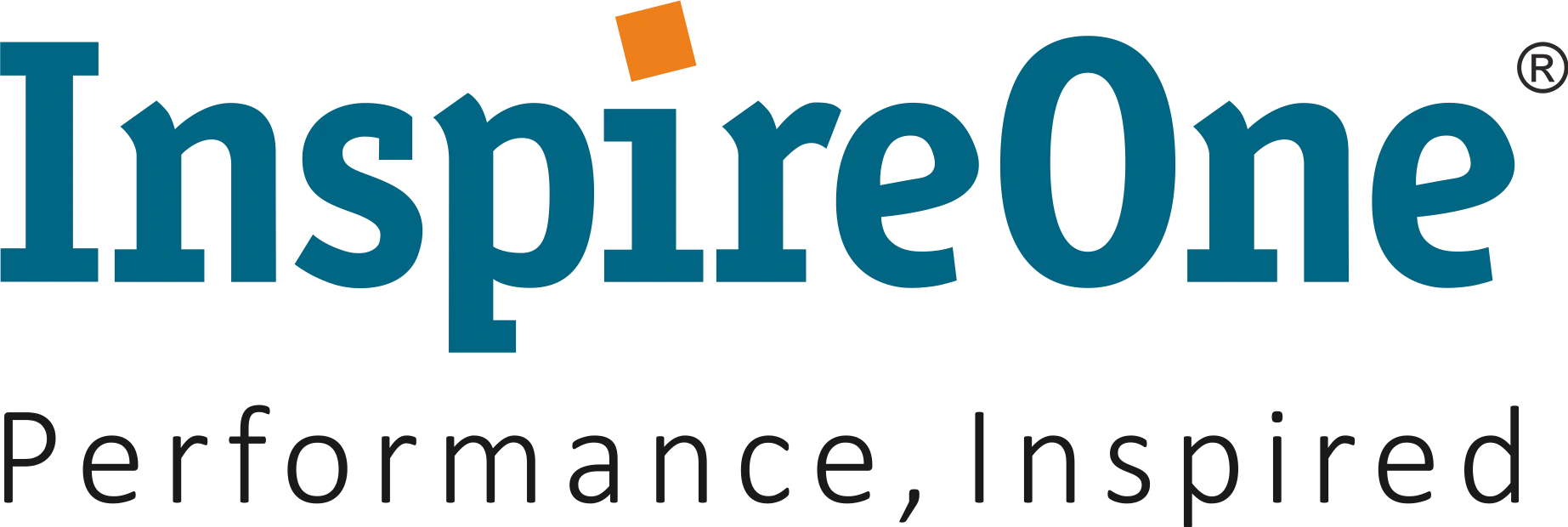Boardroom dialogues is a real life chronicle on the happenings inside organizations across industries in India. It represents dialogues and dynamics centered around Employee Engagement and takes place between company executives and external consultants.
In today’s post, we dissect how a company, carved out of a conglomerate, struggles to find its own identity in a brave new world.
Series 2: We are not that company!
Ten minutes go by and the senior leaders settle themselves, ready to analyze and dissect the results we are about to present on the Company’s employee engagement survey results. However, this isn’t just any survey for them. It’s a survey about their identity as a new company ever since they were divested from a global HR consulting organization.
The new CEO and his team are clearly anxious and unsettled. Will their teams spell out a bitter truth too hard to digest or will the results validate what they already know? With a geographically spread out workforce, how can the workforce possibly think of the company as a cohesive unit in the wake of a divestiture? Two questions among possibly many more flooding the CEO’s mind space. However, amidst the challenging times, one thing that kept the leadership team going was the positive traction the company continued to enjoy with its customers who stuck loyally with the team in the midst of change and swore not to jump ship to another competitor.
Is it possible that the workforce would be on the same boat? Let’s find out…
The engagement survey results were not designed to directly address the divestiture and the workforce’s sense of belonging to an established and bigger brand. Despite the omission, there were clear references to the “earlier company” or “old company” in the 1,400+ comments.It always pays off to cool everyone’s nerves at the start and that’s exactly what slide number 4 achieved with a headline that broadcast a near 90% response rate!
“It’s not so bad after all” was probably the sense every leader in the room got from the slide.
More good news followed soon!
1. High levels of trust with over 83% (higher than the top quartile global benchmark!)
2. 82% agreeableness on the survey’s credibility (more than 18 percentage points above the global benchmark)
Was this for real? How?
Within 9 months of the new company, there was a new CEO in place, further restructuring of business practices and departments and a high churn in the front line levels.
In such a scenario, how does Trust and Survey Credibility score so high?
“Results often consist of ironies and paradoxes”, quipped the CEO, desperate to find a justification to defend the results. But he didn’t have to.
Home About Us Contact Us
Boardroom Dialogues: We are not the same company!
Boardroom Dialogues
Boardroom dialogues is a real life chronicle on the happenings inside organizations across industries in India. It represents dialogues and dynamics centered around Employee Engagement and takes place between company executives and external consultants.
In today’s post, we dissect how a company, carved out of a conglomerate, struggles to find its own identity in a brave new world.
Series 2: We are not that company!
Ten minutes go by and the senior leaders settle themselves, ready to analyze and dissect the results we are about to present on the Company’s employee engagement survey results. However, this isn’t just any survey for them. It’s a survey about their identity as a new company ever since they were divested from a global HR consulting organization.
The new CEO and his team are clearly anxious and unsettled. Will their teams spell out a bitter truth too hard to digest or will the results validate what they already know? With a geographically spread out workforce, how can the workforce possibly think of the company as a cohesive unit in the wake of a divestiture? Two questions among possibly many more flooding the CEO’s mind space. However, amidst the challenging times, one thing that kept the leadership team going was the positive traction the company continued to enjoy with its customers who stuck loyally with the team in the midst of change and swore not to jump ship to another competitor.
Is it possible that the workforce would be on the same boat? Let’s find out…
The engagement survey results were not designed to directly address the divestiture and the workforce’s sense of belonging to an established and bigger brand. Despite the omission, there were clear references to the “earlier company” or “old company” in the 1,400+ comments.
It always pays off to cool everyone’s nerves at the start and that’s exactly what slide number 4 achieved with a headline that broadcast a near 90% response rate!
“It’s not so bad after all” was probably the sense every leader in the room got from the slide.
More good news followed soon!
High levels of trust with over 83% (higher than the top quartile global benchmark!)
82% agreeableness on the survey’s credibility (more than 18 percentage points above the global benchmark)
Was this for real? How?
Within 9 months of the new company, there was a new CEO in place, further restructuring of business practices and departments and a high churn in the front line levels.
In such a scenario, how does Trust and Survey Credibility score so high?
“Results often consist of ironies and paradoxes”, quipped the CEO, desperate to find a justification to defend the results. But he didn’t have to.
It had been evident to industry outsiders as much as it had been to the workforce that the new company was born out of an opportunity that could not have been fully realized in the way the team existed within the walls of a much larger multi-billion dollar organization.
Sure, there were those who opined for security and stability over agility, growth and entrepreneurship. But as with any new change, such people had been weeded out over time and what the new CEO was hired to lead was a team of capable, passionate and motivated individuals who believed in the new company.
But there remained those who still sat on the fences, not knowing whether to leave was right or to stick it out was wiser. So they clearly decided to do both!
What’s the first thing that disengaged employees or undecided employees pick on?
- Compensation
- Recognition &
- Performance Management
Far from the rainy sentiments about Trust and Survey Credibility lay these three categories, woefully lower than the global benchmarks by 15% on average and with a level of agreeableness as low as 45%!
The overall engagement score at 65% was also noticeably weaker than the benchmark at 77% and also much lower down the order from Trust and Survey Credibility.
Suddenly the mood sobered down and the leaders knew it was ‘game on’!
Items such as ‘I rarely think about looking for a new job’ or ‘I am satisfied with the benefits I receive’ read out like red numbers in an income statement. Comments abound about “how benefits were better earlier” or “I was constantly recognized in many forums in the previous company…”
“But we are not that company, nor do we want to stick to our past!”, came a passionate retort from one of the senior leaders just as soon as these comments were called out.
Once saner heads prevailed, the team recognized that just like any other company, they too had takeaways which were good and not so good. And the only way to build momentum within the workforce was to continue building trust and credibility while providing clarity with respect to lower scoring categories such as performance management, recognition and compensation.
Furthermore, as a new company, this also posed as an opportune moment to build the company brand not just with customers but also internally.
The team was quick to identify the company vision as a compelling objective to help improve the workforce’s perception around performance management and recognition & remuneration. “Our people believe positive things will emerge from the survey and we have a very inspirational vision 2020. It is a great opportunity for us to capitalize on the survey results and communicate back to the workforce not only what the results are, but what we are going to do about it.” said the Chief People Officer.
His words were echoed by other leaders who equally felt that the results gave them a new hope that their new company could sustain in this brave new world, as long as the workforce came together by a higher purpose that appealed to a majority.
The CEO remarked, “Our vision will not only help us inspire our people, but also put enough distance between the past and the future we aspire to achieve. It’s about the present, and our colleagues believe we must act now.”
With an affirmative glance towards us, we knew that he got the takeaways he needed to stir his leadership team and the company into action.







